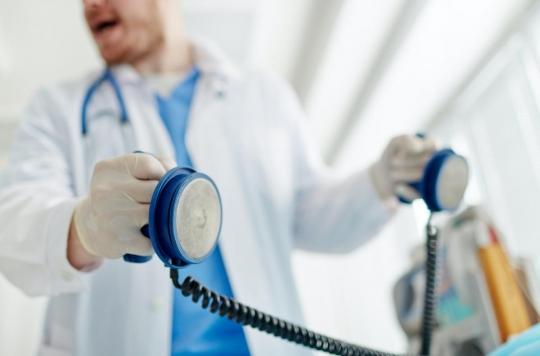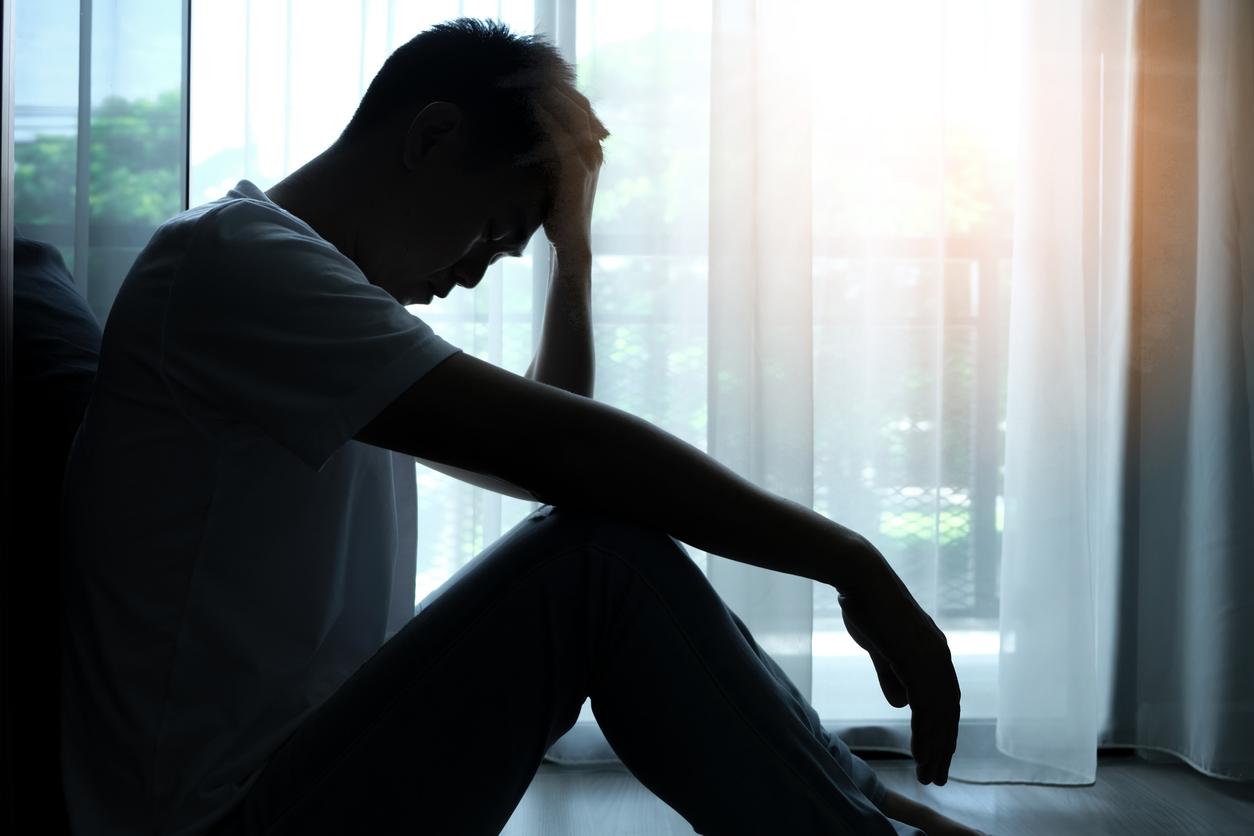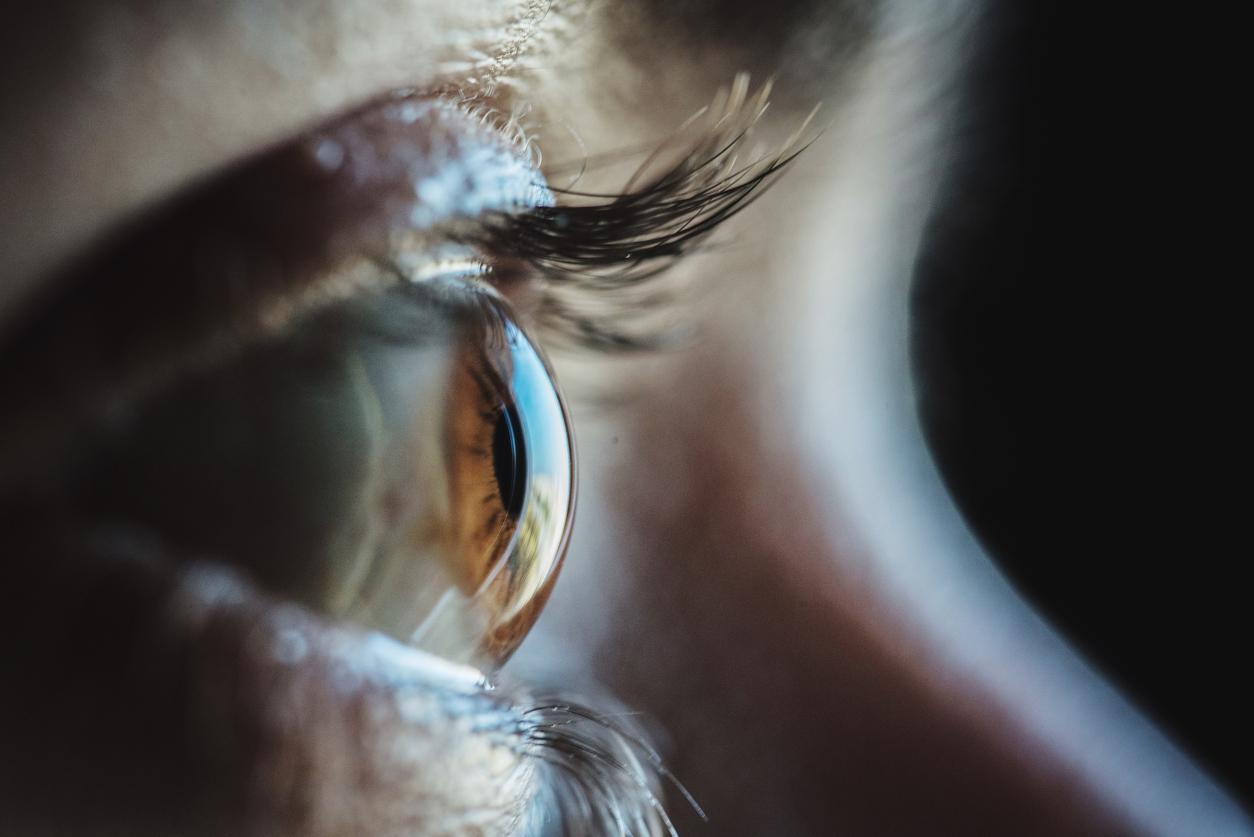Electroconvulsive therapy has gradually made a comeback in psychiatric services in recent years. Update on this practice which, despite its evolution, continues to suffer from a very bad reputation with the general public.

- In Flanders, 70% of psychiatric units had to interrupt electroshock therapy during the coronavirus pandemic.
- Despite a very poor image, electroshocks are performed under general anesthesia and therefore painless.
- Several studies have shown that they are more effective than antidepressants in the treatment of mental pathologies.
Psychiatry, largely forgotten by the pandemic. During confinement, attendance at psychiatric emergencies in the Paris region fell by 50%. The patients who went to the hospital saw the services disorganized. Among the latter, the services of electroconvulsive therapy (ECT) or seismotherapy, better known as electroshock. In Flanders, 70% of units had to interrupt this care because the anesthetic products were requisitioned elsewhere. Let’s take stock of this therapeutic practice which, despite its evolution, continues to suffer from a very bad reputation.
How was electrotherapy born?
Before 20and century, doctors have very few drugs to treat mental pathologies. Existing substances (opium, chloral, barbiturates, bromide) are toxic and ineffective. In the early 1930s, convinced that an epileptic cannot be schizophrenic and vice versa, the Hungarian psychiatrist Ladislaus Joseph von Meduna has the idea of artificially inducing epileptic seizures in schizophrenics by means of injections of pentylenetetrazole. In 1938, the Italian psychiatrist and neurologist Ugo Cerletti and his colleague Lucio Bini observed the attitude of pigs which, before being killed, were electrified in order to be calmer. They then decided to experiment with this technique on dogs, then on men, and took up the idea of pentylenetetrazole before replacing it with electric shock. On April 15, 1938, the psychiatric hospital in Rome (Italy) applied the first electroshock to a schizophrenic patient suffering from hallucinations, without his consent. After the second attempt, the patient begs us to stop.
Despite everything, the doctors, enthusiastic by the good statistical results of this practice, start to use this therapy all the time, sometimes even abusing it, especially in the treatment of behavioral disorders. Pop culture then seized the subject and films like Flight over a cuckoo’s nest Where Requiem for a Dream gives the general public a barbaric and traumatic vision of the subject. However, with the arrival of new molecules, doctors are gradually losing interest in this increasingly controversial practice. She has been back on the front of the stage for only a few years.
How is a session currently going?
Over the years, the concept has remained the same. “Electroshock sends an electric current through the brain to cause an epileptic seizure. This discharge stimulates the neurons which are forced to establish new connections and improve certain symptoms and psychiatric diseases”, explains doctor Claire Lewandowski to Why doctor. However, the practice has evolved enormously in recent years.
“In the collective imagination, we still have the images conveyed by the film Flight over a cuckoo’s nest, where electroshocks are performed without anesthesia, in an extremely barbaric way. Today, this is practiced under very short anesthesia, accompanied by curarization, which eliminates any risk of fracture and pain when the convulsive crisis is provoked. A circular, in 1995, officially framed electroconvulsive therapy and its various protocols”says Professor Pierre-Michel Llorca, head of the psychiatry department at Clermont-Ferrand University Hospital, in an interview with Why Doctor.
Thus, electroshocks are now performed under general anesthesia – and therefore without pain – with an injection of curare to avoid tremors of the patient’s muscles, the agreement of which, or that of the family, is mandatory. Once the patient is asleep, the psychiatrist places several electrodes on his head to measure his brain activity during the seizure. The electric shock only lasts one to two minutes. The anesthesia lifted, the patient will take about an hour to wake up. He may then suffer from nausea or memory loss, but only in the short term.
“It is particularly possible to have memory loss, but it does not concern all patients, is reversible and of short duration in the majority of cases. This treatment does not cause ‘brain loss’”explains Pierre-Michel Llorca.
What interest and for whom?
Antidepressants do not work for one in five patients. Recently, several studies have shown ECT to be more effective, with an 80-90% response rate in major depressive episodes. A few years ago, a meta-analysis including 1,114 patients concluded : “ECT is an effective short-term treatment for depression, and is probably more effective than drug therapy.”
“When depression is drug resistant or when a rapid therapeutic response is needed — when the patient is at risk because of suicide risk, undernutrition, or dehydration — ECT is indicated”explains the psychiatrist Clément Guillet in an article published on Slate. According to him, tremor therapy is also effective in catatonic people. “Where the patient has motor immobility, a state of stupor which very quickly leads to a deterioration in general condition. With electroconvulsive therapy, the rate of positive responses is 85%”, he develops. In manic people, “a literature review concerning 589 people shows that 80% benefit from a remission or a very marked improvement, more effective than mood stabilizers such as lithium”. Finally, in schizophrenics, the specialist advises to associate “seismotherapy to classic treatment with antipsychotics in my department”.
“The bad reputation of electroshock can still make many patients hesitate. However, this practice effective in up to 80% of cases of depression is now practiced in a secure way, always in the interest of the patient”concludes Dr. Claire Lewandowski.



.















